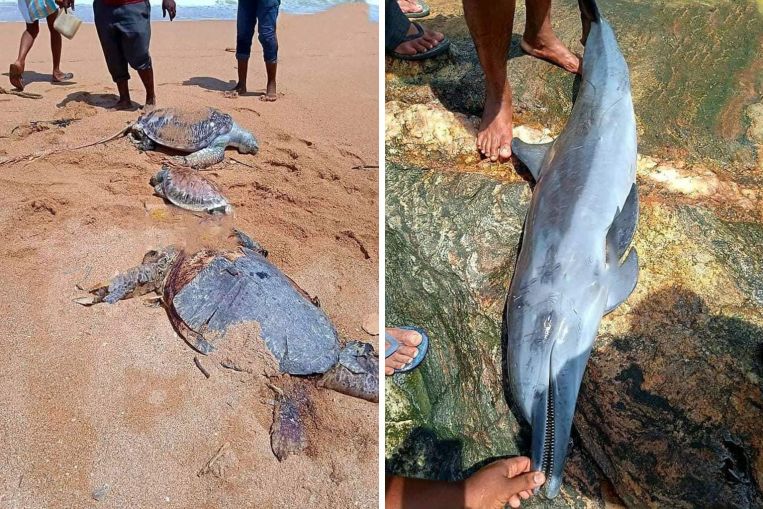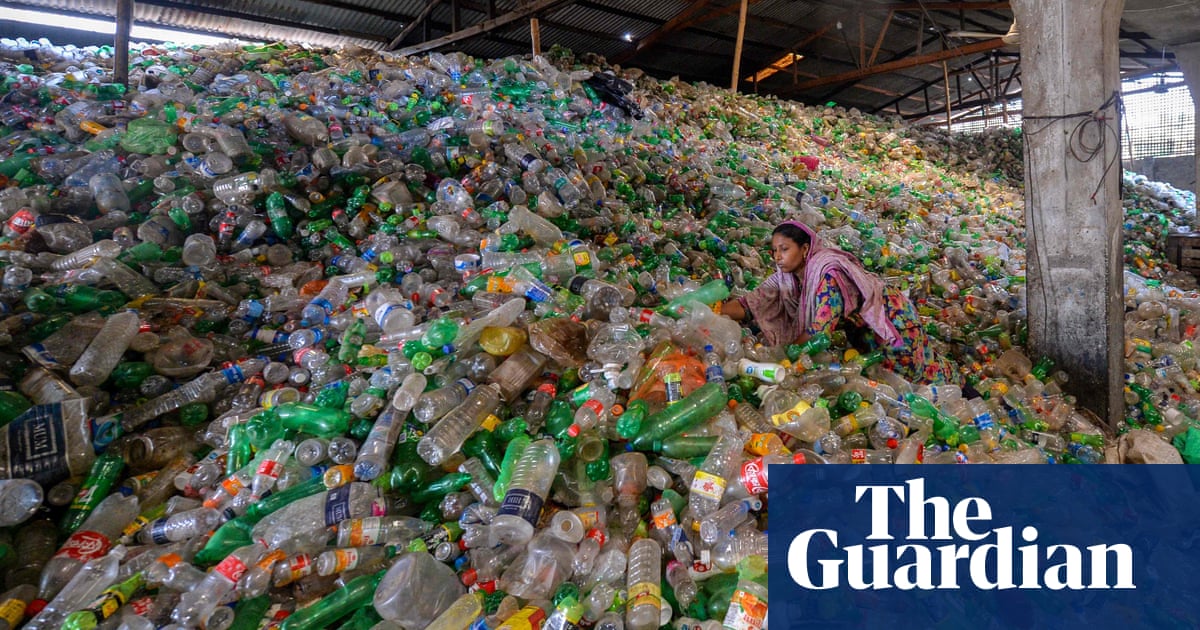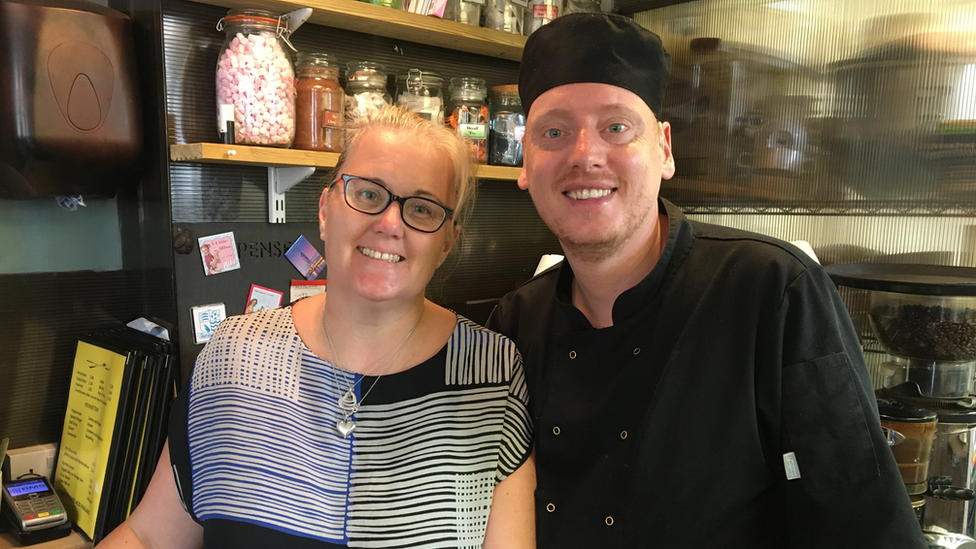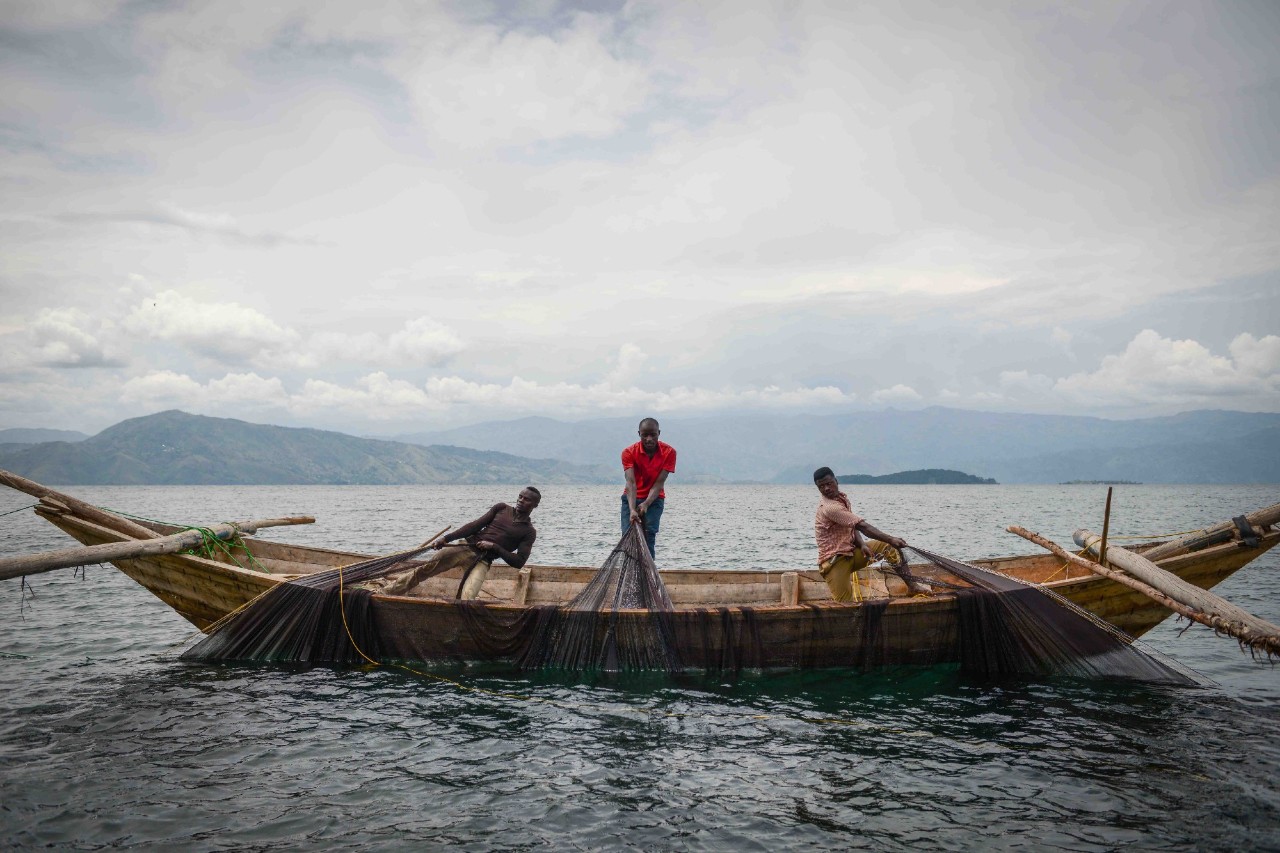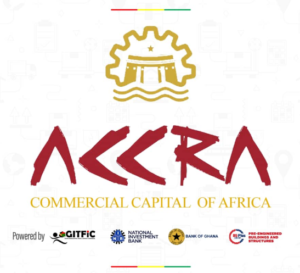TRENTON, Maine — At the height of tourist season, the recycling bins in this coastal town used to swell with glass and plastic, office paper and piles of cardboard from the local boatyard. But the bins are gone, and their contents now join the trash, destined either for an incinerator to generate electricity or a landfill.Trenton is one of many Maine towns that had to cut back or close their recycling operations after events both global and local. In 2018, China, which used to take much of America’s plastic waste, banned most of those imports. Last year, a plant in Hampden, Maine, that promised to provide state-of-the-art recycling for more than 100 municipalities shut down.With mountains of boxes and bubble wrap from online pandemic shopping now going in the trash, lawmakers are trying to make Maine the first state to shift some of the costs of its recycling onto companies — not taxpayers. If the bipartisan bill passes, Maine will join several Canadian provinces, including neighboring Quebec, and all European countries, which have for decades relied on so-called extended producer responsibility programs, or EPR, for packaging.“It’s good that the bottom fell out,” said state Rep. Nicole Grohoski (D-Ellsworth), the bill’s Democratic sponsor, whose district includes Trenton. She doesn’t think the old system of shipping products halfway around the world to China makes sense as countries try to reduce their carbon footprints.“We have to face this problem and use our own ingenuity to solve it,” Grohoski said.The proposed legislation, which is vehemently opposed by representatives for Maine’s retail and food producing industries, would charge large packaging producers for collecting and recycling materials as well as for disposing of non-recyclable packaging. The income generated would be reimbursed to communities like Trenton to support their recycling efforts. EPR programs already exist in many states for a variety of toxic and bulky products including pharmaceuticals, batteries, paint, carpet and mattresses. At least a dozen states, from New York to California and Hawaii, have been working on similar bills for packaging.“Ten years ago, this would have been unthinkable,” said Dylan de Thomas, vice president of external affairs at the Recycling Partnership, who said he is seeing far more openness to EPR bills from such corporate giants as Coca-Cola and Unilever than in the past.“It’s a reflection of the pressure they are seeing from corporate investors,” said de Thomas, who anticipates there may be similar shifts in national policies.“That’s the big enchilada,” he said.EPR programs for packaging, which accounts for about 40 percent of the municipal waste stream, have worked well in other countries, said Scott Cassel, CEO of the Product Stewardship Institute, who said benefits include new jobs as well as reinforcing the circular economy — or continual reuse of resources.“These are tried-and-true strategies,” he said. “None of these first bills will be perfect. But this is a path that we need to start down in the U.S.”In Maine, the bill’s opponents raise concerns about the logistics retailers might face policing the new policies and the potential for food costs to rise for consumers who are just emerging from the pandemic. They cite a study from Toronto’s York University, which analyzed New York’s EPR bill and estimated an additional $36 to $57 per month in grocery costs for the average family of four. EPR advocates contest those findings, saying there is little evidence of significant costs ending up with consumers in other countries.For many rural Mainers who don’t enjoy the benefits of free curbside waste collection, the debate over recycling seems irrelevant. They haul their own trash to transfer stations to avoid the $6 weekly charge for having it collected.“I’ve never been one to recycle,” said Penny Lyons, a Trenton resident, although her family has a stash of bottles and other beverage containers on a flatbed trailer that can be turned in for cash. Her husband, who works in car sales, is able to dispose of their solid waste at work, she said.Chocolate maker Kate McAleer, who owns Bixby & Co., said that to follow federal food safety guidelines her company uses metalized film that is a challenge to recycle but protects against pests, air, sunlight and tampering. Changing that would affect her products’ shelf life.She said legislators don’t understand the complexity of food safety. “I think they think there are solutions that there aren’t,” Bixby said.Christine Cummings, executive director of the Maine Grocers and Food Producers Association, said her primary concern is “the unknowns” for businesses in a state that sits at the end of distribution routes and relies heavily on incoming goods.“What is this going to do on our supply chain?” she asked.Grohoski dismisses such concerns.“We won’t be out on a limb for long,” she said, anticipating that if her bill passes, other states will soon follow suit.In the meantime, some communities are paying a premium to continue recycling programs by shipping materials south to Portland, the state’s biggest city. Others are devising ways to process and sell recyclable materials.In Unity, about 90 miles north of Portland, Steve Wright and Jeff Reynolds are running an eight-town sorting operation, feeding paper and plastics into giant green balers and glass into a machine that grinds bottles into a glistening powder that can be used for insulating boxes around lithium batteries or with aggregate to make driveways.Each of the surrounding towns pays according to its population — Unity has 2,000 residents — and individuals from further away can join for an annual fee of $30.The pandemic has increased the piles of cardboard, particularly from pet owners leery of going inside stores, Wright sad..“We’ve seen a lot more Chewy boxes,” said Wright.The operation is powered by 40 solar panels and has room to expand — particularly if the EPR goes through.“We have to move now,” said state Rep. Stanley Paige Ziegler (D-Montville), whose district includes Unity and who has worked alongside Grohoski to advance the EPR bill.Sarah Nichols, Sustainable Maine director at the Natural Resources Council of Maine, sees the bill as the logical next step for a state that has led the way in environmental policies. Maine passed one of the first bottle bills in the 1970s and in 2004 the first laws requiring manufacturers to pay the entire cost of recycling computers and televisions. In 2019, the legislature passed the nation’s first statewide ban on Styrofoam food containers that will soon go into effect.“Maine is seen as a national leader in environmental policy,” Nichols said. “That’s why people move here and visit. It’s part of our state’s personality.”Nichols points out that Department of Environmental Protection estimates show it can cost 67 percent more to recycle than dispose of packaging. Taxpayers pay at least $16 million annually to manage packaging material through recycling or disposal — costs they have no control over.Nichols argues that the EPR bill would give manufacturers an incentive to reduce packaging and design it so it is more easily recycled.Old recycling habits die hard at the transfer station in Southwest Harbor, which takes Trenton’s trash. The facility, with its stunning views over the forested slopes of Acadia National Park, goes by the name EMR, or Eastern Maine Recycling — an echo of what used to happen here.Residents drive up to pitch their waste into bays still bearing green signs reminding them of the old days when they sorted their waste: Glass, tin, aluminum and plastic in one; magazines, catalogues and other paper goods in another.The baler that used to package up paper hasn’t been used for a couple of years, said the site’s owner, Mark Worcester. Instead, Worcester is sending out a 25-30 ton container of trash — sometimes two — every day, usually to be incinerated for electricity.“We get tons and tons of cardboard,” Worcester said.On a busy Saturday morning, car after car pulled up loaded with packaging materials, folded ready for the recycling that would not happen.“It’s a reflex,” said Jon Zeitler, as he broke down a box and chucked it into the bay that used to be for paper goods.”Mentally, I have to,” said Jonathan Quebben as he, in turn, pitched his cardboard in.Susan Raven, a third-grade teacher, said she has made a point of telling her students how to be responsible custodians of the earth. But it’s hard for them to put that into practice, she said, as she pulled out of her car’s trunk the plastic boxes her family of four always used to sort their recycling and then pitched it all into the trash.“We can’t break the habit,” she said.

